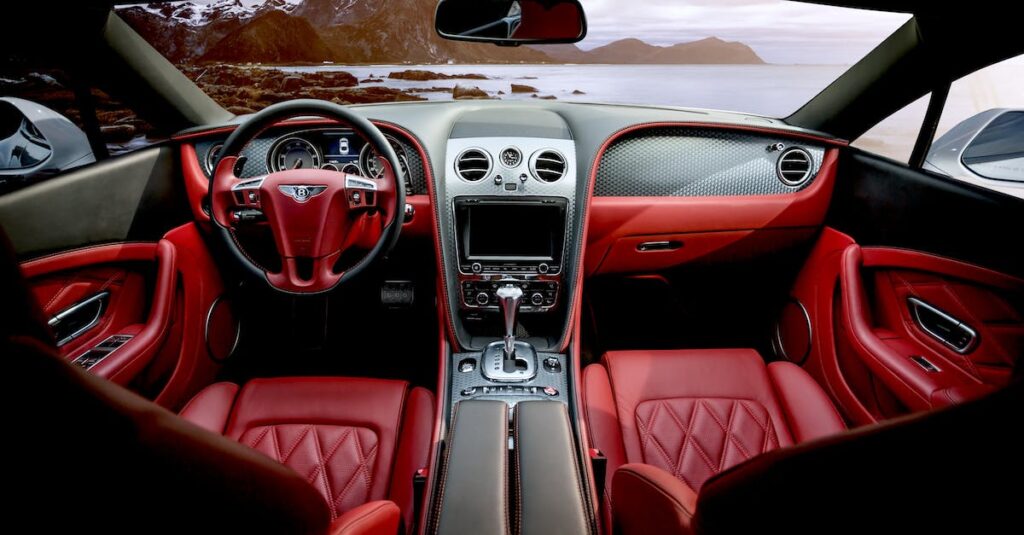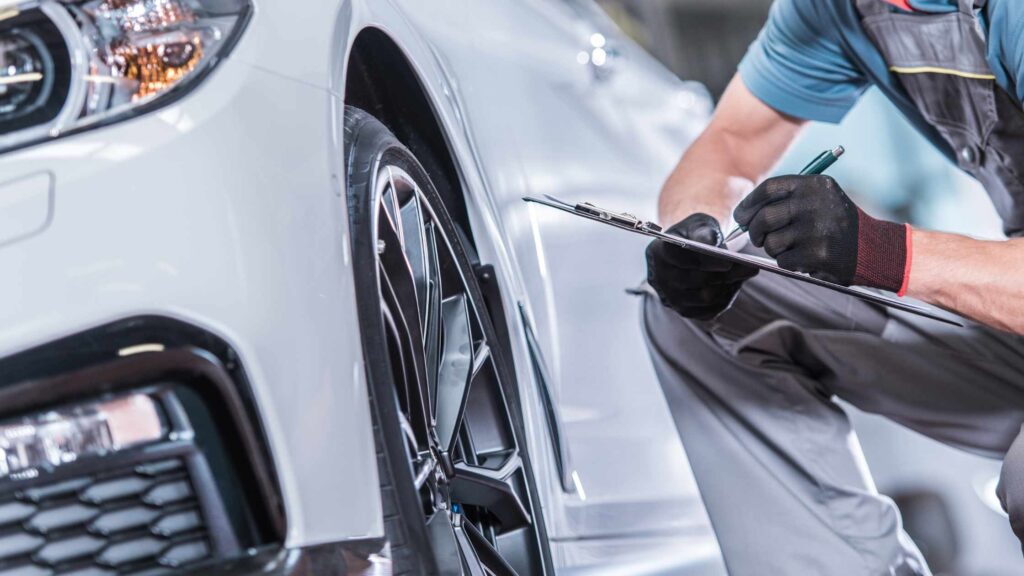Introduction
Car detailing is an essential aspect of car maintenance that involves thorough cleaning, restoration, and finishing to achieve a showroom-quality appearance. Whether you are a car enthusiast or a regular car owner who takes pride in their vehicle, understanding the art of detailing can help you keep your car looking its best. In this article, we will explore the techniques, products, and steps involved in achieving a professional showroom finish for your car.
Why Detailing Matters
Detailing goes beyond traditional car washing. It focuses on every nook and cranny, ensuring that your car’s interior and exterior are in top shape. Regular detailing helps preserve your car’s value, prevents damages caused by dirt and debris, and enhances its appearance. It is especially crucial if you plan on selling your car in the future, as a well-detailed vehicle can fetch a higher price.
The Tools of the Trade
Before diving into the detailing process, it’s important to gather the necessary tools. A proper car wash mitt, microfiber towels, a variety of brushes for different surfaces, and a high-quality car shampoo are essential. Additionally, you may need a clay bar to remove embedded contaminants and a dual-action polisher for paint correction. Investing in the right tools will make the detailing process more efficient and yield better results.
Exterior Detailing
Washing and Drying
Start by rinsing your car to remove loose dirt and debris. Then, use a high-quality car shampoo and a wash mitt to gently clean the paintwork. Pay attention to areas with more dirt or stains and use a soft brush if needed. Rinse thoroughly and dry the car using microfiber towels to prevent water spots.
Clay Bar Treatment
Even after washing, your car’s paint may have surface contaminants that are not visible to the naked eye. To remove these, use a clay bar lubricated with a detailing spray. Work on small sections at a time, applying light pressure in a back-and-forth motion. The clay bar will pick up the contaminants, leaving a smooth surface.
Paint Correction
If your car’s paint has scratches, swirl marks, or other imperfections, a paint correction process may be required. This involves using a dual-action polisher and a suitable compound or polish to level the paint’s surface. It requires skill and knowledge to avoid damaging the paint, so professional help may be needed for severe imperfections.
Waxing and Sealants
To protect and enhance the shine of your car’s paint, apply a wax or sealant. These products provide a protective layer against UV rays, dirt, and other contaminants. Wax is usually applied by hand in a circular motion and left to dry before buffing off. Sealants, on the other hand, can be applied with a foam applicator pad and require curing time.
Interior Detailing
Cleaning and Vacuuming
Start by removing any trash or personal belongings from the car’s interior. Use a vacuum cleaner with various attachments to remove dust and debris from all surfaces, including the seats, carpets, dashboard, and crevices. For hard-to-reach areas, a soft brush or compressed air can be used.
Upholstery and Carpets
If your car’s upholstery or carpets have stains, use a suitable cleaner and a brush to agitate the surface. Follow the recommended instructions and blot the area with a microfiber towel to remove the stain. For deep cleaning, a carpet extractor can be used to lift dirt and grime from the fabrics.
Dashboard and Trim
Clean the dashboard and trim using a non-greasy cleaner and a microfiber cloth. Avoid using silicone-based or oily products, as these can attract dust and leave a greasy residue. Pay attention to buttons, knobs, and vents, ensuring they are thoroughly cleaned.
The Finishing Touches
After completing the exterior and interior detailing, there are a few extra steps you can take to achieve a showroom finish. Clean the windows inside and out using a glass cleaner. Polish any chrome or metal surfaces using a suitable polish and a microfiber towel. Finally, dress the tires and trim with a silicone-free tire dressing to enhance their appearance and protect against drying and cracking.
Summary
Achieving a showroom finish for your car involves meticulous attention to detail and the use of proper techniques and products. Regular detailing not only keeps your car looking its best but also helps protect its value. By following the steps outlined in this article, you can achieve professional results and take pride in your well-maintained vehicle. Remember to invest in the right tools, be patient during the process, and enjoy the rewarding experience of detailing your car.







